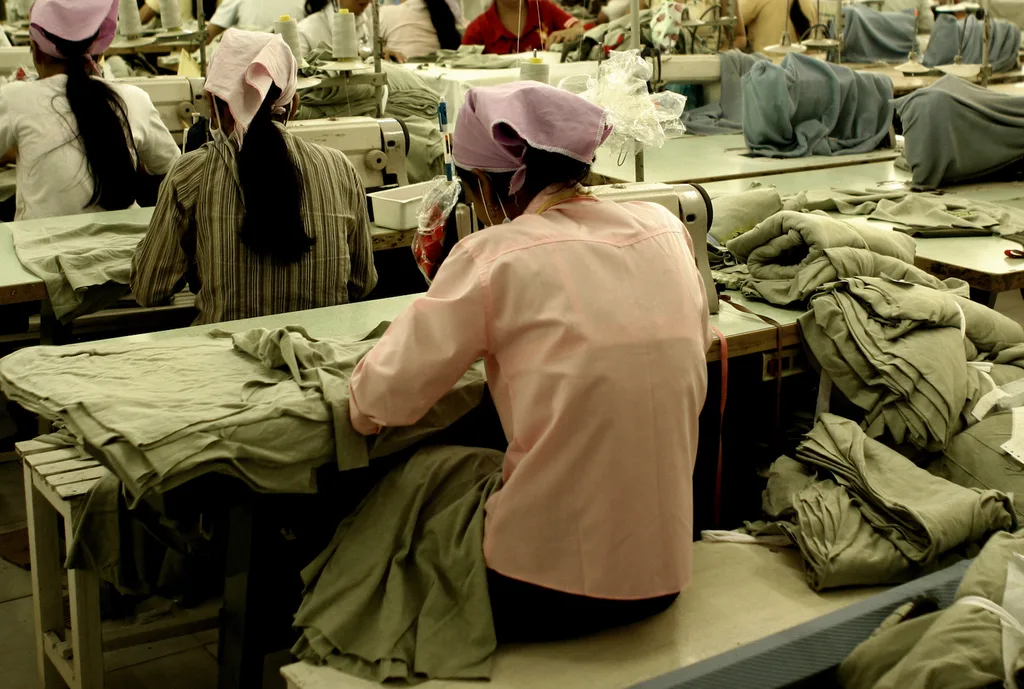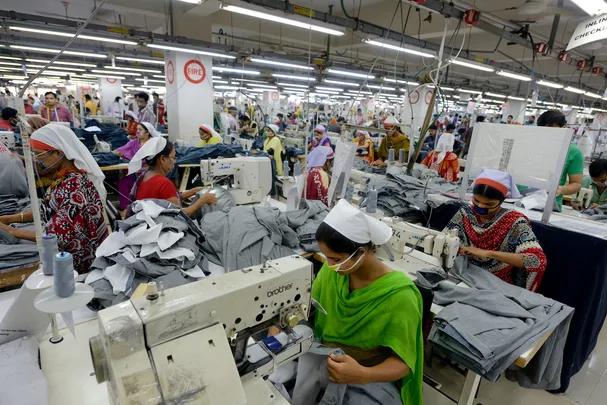For a long time, consumers turned a blind eye to the practices companies were using to manufacture goods however, with growing concern over the catastrophic impact the fashion industry is having on our planet, consumers are holding brands accountable for the human impact more than ever before. The move towards ethical, sustainable and fair-trade fashion is ever-increasing, but as consumers we need to do more. But where do we start? How do we really know where, and by whom our clothes are made and under what conditions?
What is a sweatshop?
Webster’s Dictionary defines, a sweatshop as ‘a usually small manufacturing establishment employing workers under unfair and unsanitary working conditions.’
Sweatshop workers (often women and children) typically endure long hours, low wages (insufficient to cover the cost of living) and inhumane working (and in some cases living) conditions to produce goods quickly and cheaply. They are usually found in developing countries where labour laws are not enforced – and if workers try and contest their rights or conditions they put their jobs at risk.
What are the working conditions like in sweatshops?
Sweatshops are usually overcrowded, with employees working in tight quarters without proper facilities including air ventilation, clean bathroom facilities or adequate access to food and water. With little to no regard for the OH&S practices factories are subjected to in countries like Australia, his means workers are often exposed to dangerous machinery, inadequate safety protection gear, exposure to toxic chemicals and overcrowded inventory.

Employees often work long hours with no overtime, with little to no breaks, no job security, no health care and no sick leave.
With sweatshops usually located in poor, rural and low-socioeconomic areas, the workers have little option but to accept the conditions or risk losing their jobs and children are often forced out of school and into work at a young age.
How can you identify which brands use sweatshops?
It can sometimes be difficult to find specific information on where companies items are made and it is also often changing, so a good rule of thumb is to check their level of transparency – if a brand is not disclosing this information readily, that’s a definite red flag. These days many brands will provide detailed information on their manufacturing practices and supply chains, as well as their carbon footprint and strategies to reduce waste.
But remember just because an item of clothing is cheap – or expensive – says little about the conditions under which it is made, an expensive item can be made for next to nothing with a huge mark-up.
If you want to check what a brand is doing, jump on their website and read what they have to say – do your research, these days there are a number of websites such as Fashion Revolution who produce an annual Fashion Transparency Index reviewing 150 of the world’s biggest fashion brands and Apps such as GoodOnYou which allow you to search specific brands that they have rated based on criteria such as how they treat their workers, the environmental impact and animals and covers both local and international brands – including some of the world’s leading retailers.
Ethical Clothing Australia provides information on Aussie brands who produce their garments ethically.
What can you do?
According to DoSomething, a 2004 study published in the Cambridge Journal of Economics found that doubling the salary of workers in sweatshops would only increase the cost of an item by 1.8% for consumers – yet that consumers would be willing to pay 15% more to know it did not come from a sweatshop.
Sweatshops continue to thrive because the demand is still there, so ask yourself, does it bother you wearing an item of clothing knowing that someone had to suffer to make it? Chances are the answer will be yes.
So do your research and avoid brands that use sweatshops and don’t commit to using ethical and sustainable practices. Invest in quality pieces that are made to the highest standards and that you will keep wearing season after season – go for quality over quantity.










